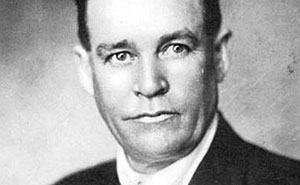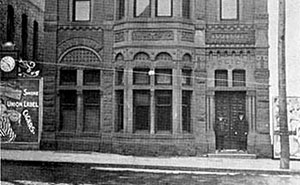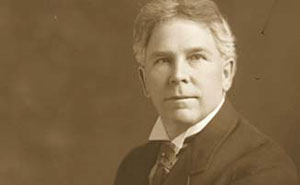Timeline
Alleged rape
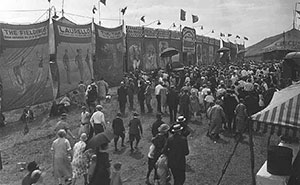
Visitors walking the circus grounds.
A call to police

Missabe ore docks, Duluth.
Arrests made
Six Black men are jailed
Doctor finds no evidence of rape
Crowd begins to gather
Enlisting mob members

View of a delivery truck.
Crowd estimated between 1,000-10,000

Photograph of the mob gathered outside the city jail.
Mob enters jail
Lynchings
National guard arrives
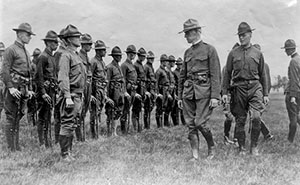
Minnesota National Guard on Inspection.



